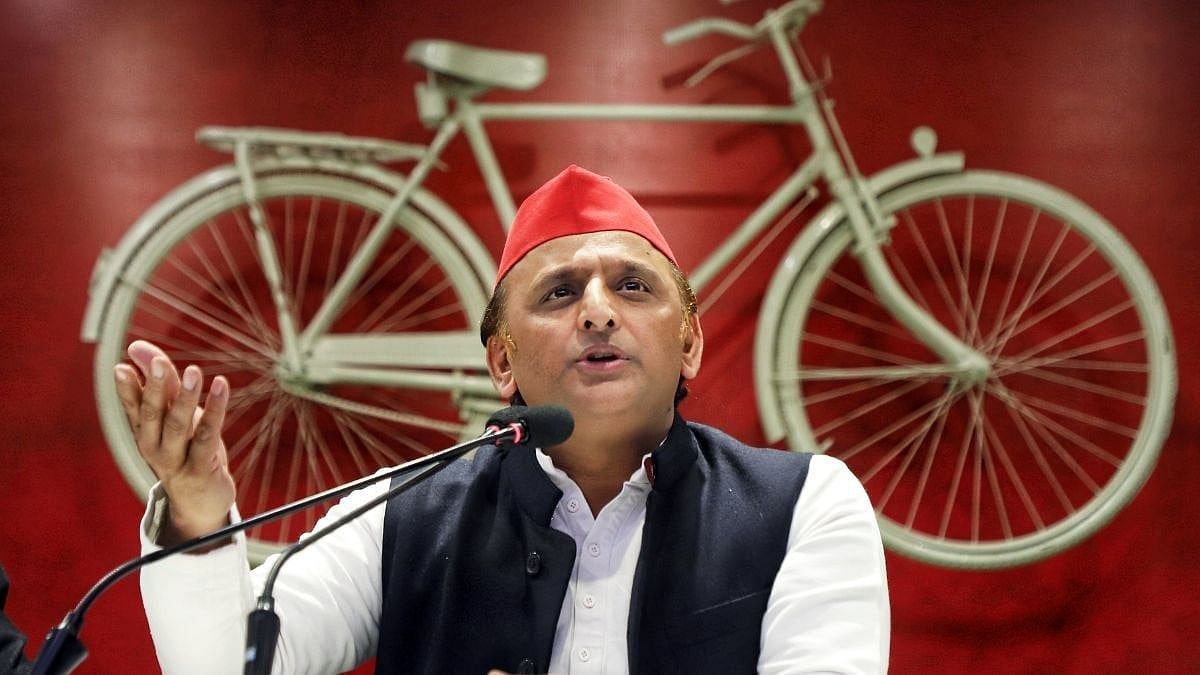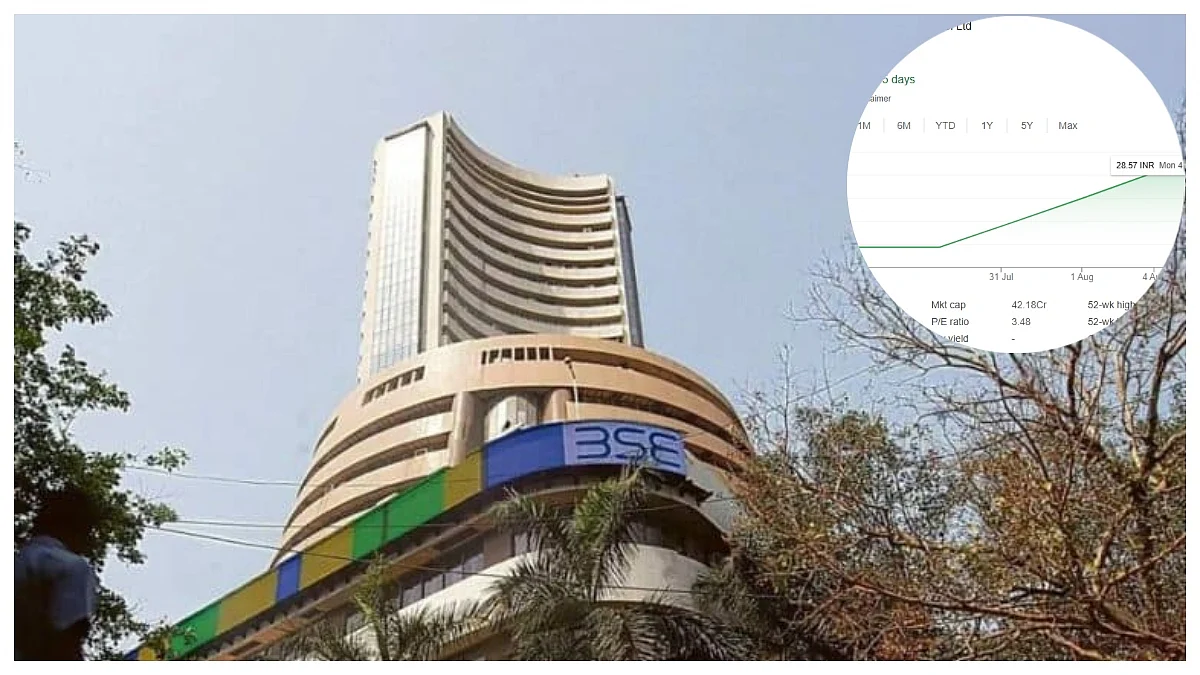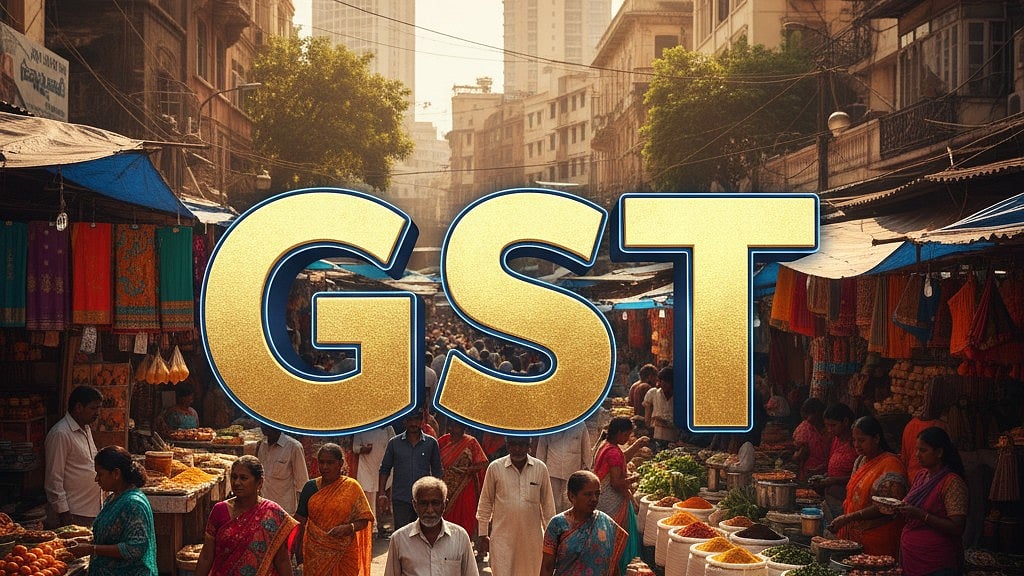Key Highlights:
- Sensex falls 308 points; Nifty drops 73 points
- Pharma, FMCG, and banking stocks under pressure
- Rupee weakens to 87.80 amid US tariff concerns
Mumbai: The Indian stock market closed lower on Tuesday as investors reacted nervously to new trade tensions. US President Donald Trump hinted at fresh tariffs on Indian goods, leading to broad selling pressure.
The BSE Sensex dropped 308.47 points to close at 80,710.25, while the NSE Nifty fell 73 points to 24,649.55. Weakness was seen across major indices and sectors.
Sectoral Indices Paint Mixed Picture
Market sentiment was cautious ahead of the RBI’s monetary policy announcement, which further dragged banking stocks. According to Ashika Institutional Equities, sectors like Auto and Consumer Durables showed strength, but most others ended lower.
- Nifty Bank fell 259 points
- Nifty FMCG slipped 405 points
- Nifty IT declined 168 points
- Nifty Fin Services was down 103 points
Only Nifty Auto managed to end in the green.
Top Gainers and Losers
While Reliance Industries, Infosys, ICICI Bank, BEL, Powergrid, and HDFC Bank were among the top losers, a few stocks saw positive momentum.
Top gainers included:
Titan
Maruti
Trent
Bharati Airtel
Bajaj Finance
L&T
SBI
Tech Mahindra
Rupee Weakens Amid Global Jitters
The Indian Rupee traded weak at 87.80 against the dollar, briefly slipping below the 88 mark overnight. This happened after a social media post from President Trump hinted at potential higher tariffs on India, causing fear in currency and equity markets.
According to Jateen Trivedi of LKP Securities, expectations that the US could press India to cut Russian oil imports added to concerns, as this could lead to a higher import bill.
The Ministry of External Affairs later issued a clarification on India’s oil stance, which helped the rupee recover slightly from its lows.
Investors are now watching the RBI policy announcement expected tomorrow, which will guide short-term sentiment. Markets may remain volatile due to global trade tensions, currency movement, and inflation cues.
(With IANS Inputs)













